What is the tolerance range of precision screws?
What is the tolerance range of precision screws?
Service Hotline
+86760-8787 8587We have more than ten years of production experience in the screw industry, the main products are: flat head pattern screws, internal hexagon nuts, ceiling expansion screws, 4.8 grade galvanized nuts, high strength grade 10 hexagonal flange nuts, U-shaped pipe clamp screws , cap nuts, combination bolts, non-slip GB806 through-hole blind holes, ring bolts, flat-head screw bolts, rivets/step nuts, grade 8 white-plated nuts, square nuts, black plastic nuts and other fasteners, Due to the different materials and specifications of the products, the prices are also different, please contact us if necessary.


The upper part of the T-bolt is a screw rod, and the bottom end is a T-shaped head. It is equipped with a sleeve with an anchoring plate. The fastening equipment is installed by the anchoring force between the T-shaped head and the anchoring plate. The appearance of the equipment after installation is shown in Figure 1, in which the figure composed of black lines is a component composed of T-bolts and integral sleeves. When constructing civil foundations, the sleeves should be pre-buried first, and the T-bolts will not be used until the equipment is installed. Anchor into the sleeve.
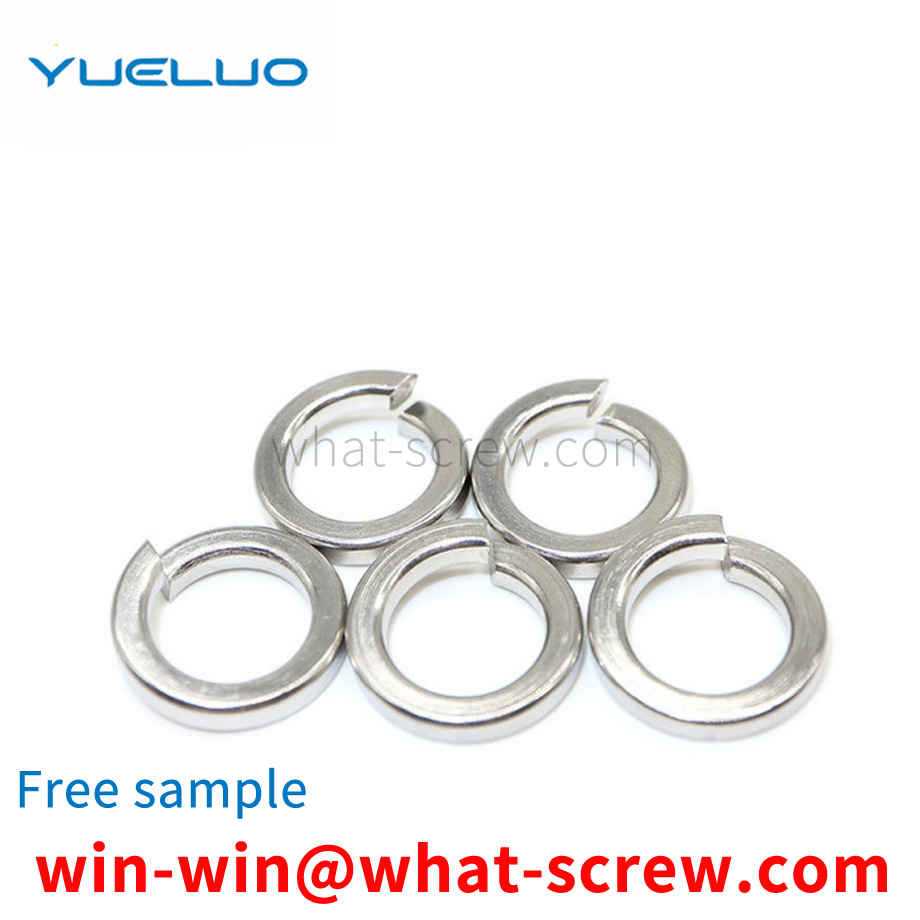
Guangdong Yueluo Hardware Industry Co., Ltd. discloses a countersunk head rivet. The countersunk head rivet includes a nail body and a mandrel. The nail body is tubular, and one end is provided with a nail cap. The mandrel passes through the nail body from the cap end and forms a diameter. For the nail head larger than the internal diameter of the nail, the nail cap is close to the end of the nail head to form a countersunk head. When the countersunk head rivet is in use, the nail body forms a countersunk head structure to the riveted metal piece under the extrusion of the nail head, so that the two riveted metal pieces are firmly riveted without the nail body protruding from the metal piece.
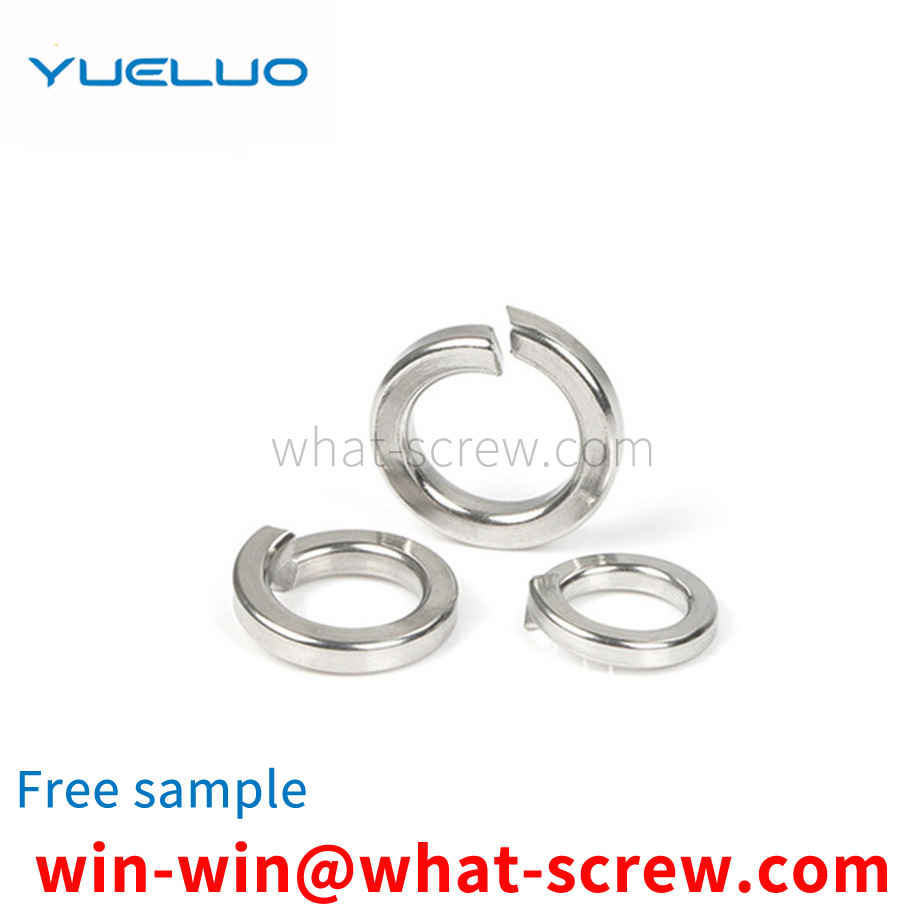
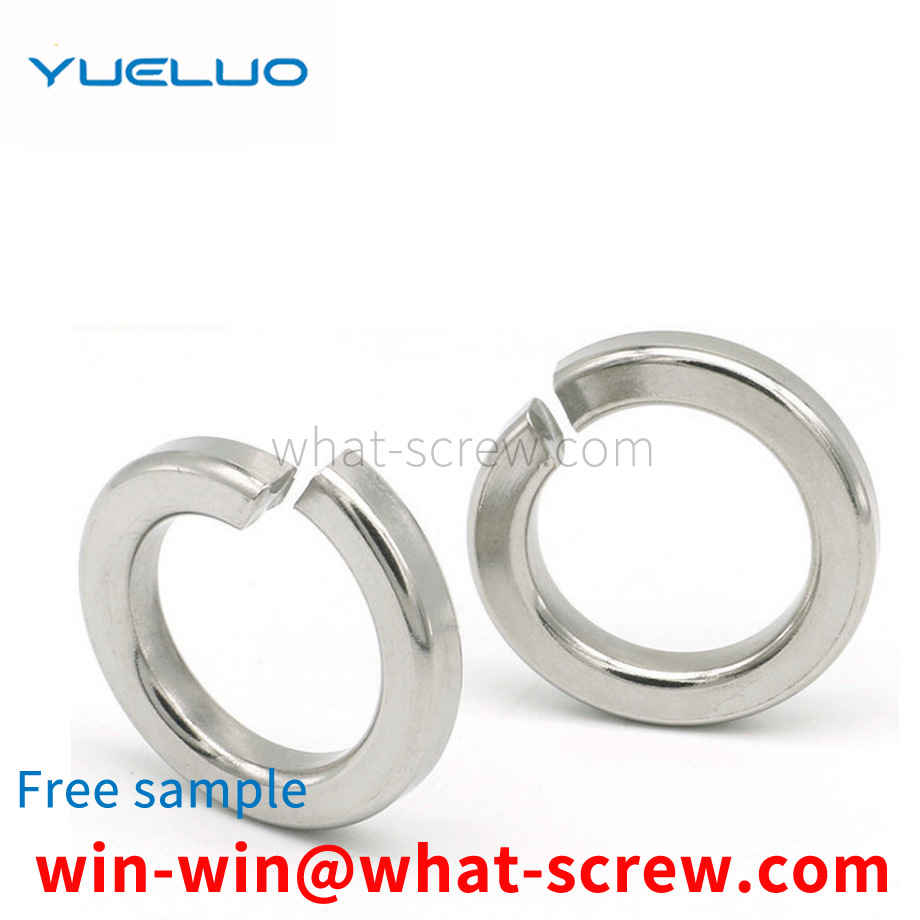
1. Correctly select the product a. Before use, confirm whether the mechanical properties of the product can meet the needs of use, such as the tensile strength of the screw and the guaranteed load of the nut. The length of the screw should be selected appropriately, and the 1-2 pitch of the nut will be exposed after tightening. b. Before use, check whether the threads are rough, and whether there is iron filings or dirt between the threads, which often lead to locking. c. The fasteners can be lubricated before use. It is recommended to use butter, molybdenum disulfide, mica, graphite or talc for lubrication. Generally, dipping wax is used for lubrication and anti-locking. [1] 2. Pay attention to the use method when using it. a. The speed and force of screwing in should be appropriate, not too fast or too large. Use a torque wrench or socket wrench as much as possible, and avoid using an adjustable wrench or an electric wrench. Excessive speed will cause the temperature to rise rapidly and cause lock-up. b. In the direction of force, the nut must be screwed in perpendicular to the axis of the screw. c. The use of washers can effectively prevent the problem of over-tightening.
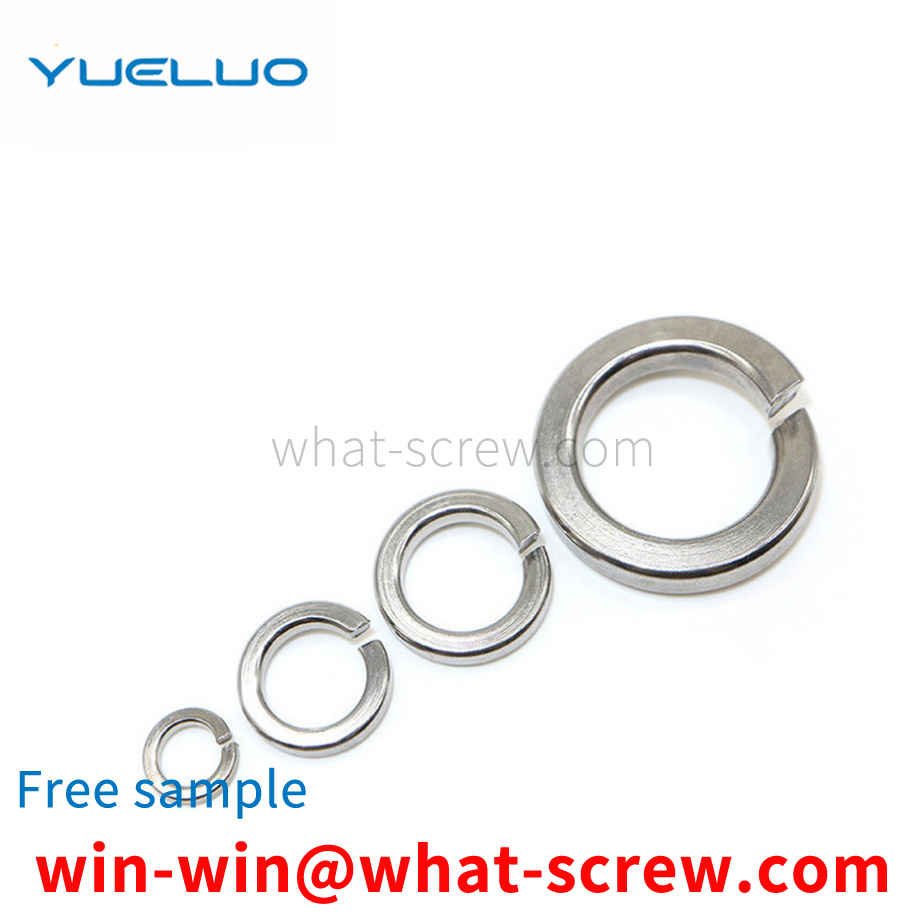
The core rivet is another type of single-sided riveting. When riveting, the head of the rivet is hit with a hammer to expose the core, so that it is flush with the end face of the nail head, that is, the riveting operation is completed, which is very convenient, especially suitable for inconvenient Riveting occasions using ordinary rivets (which must be riveted from both sides) or blind rivets (lack of a rivet gun). Usually use flat head rivets, countersunk head rivets are suitable for occasions where smooth riveting is required on the surface. Some rivets can also be matched with clothing, becoming a popular element today, mostly the representative of punk style. In addition, there are paired rivets, which are special. Divided into two parts, the thicker section of the rod with a cap has a hole in the center, and the other section of the rod with a cap is an interference fit. When riveting, drive the thin rod into the thick rod.
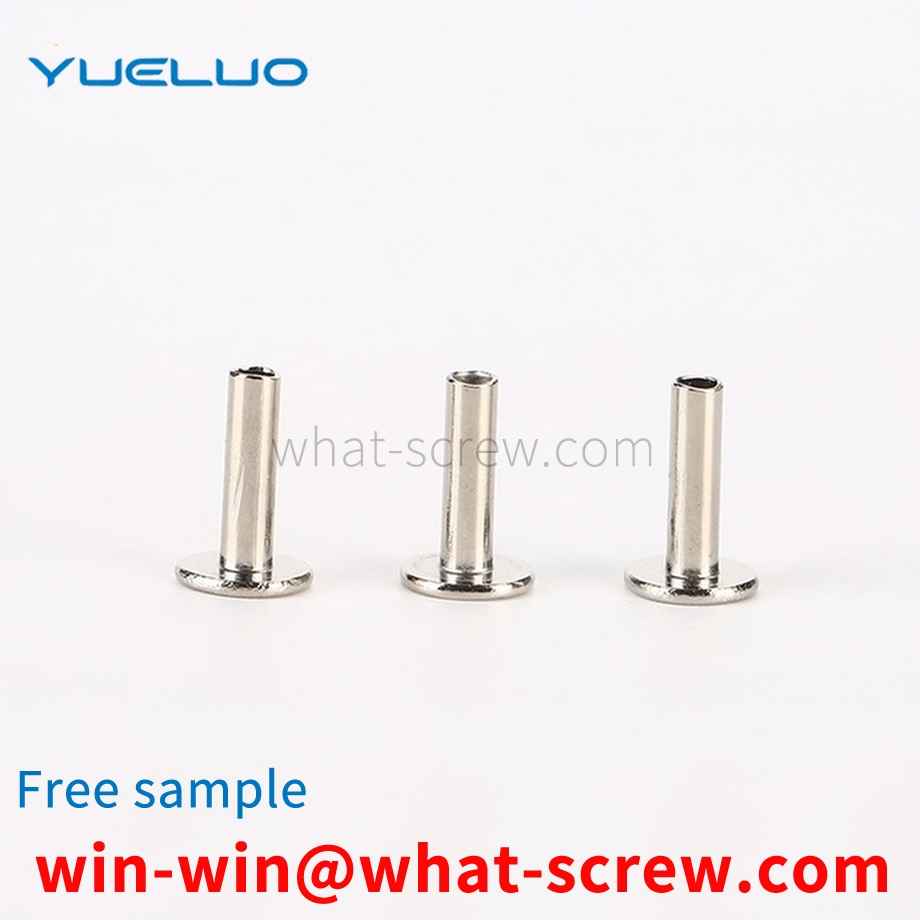
The above content is uploaded by Yueluo or the Internet. If there is any copyright issue, please contact [email protected].

What is the tolerance range of precision screws?

How to choose the right stainless steel screw manufacturer?

Why is there an R angle under the head of the hexagon head s...
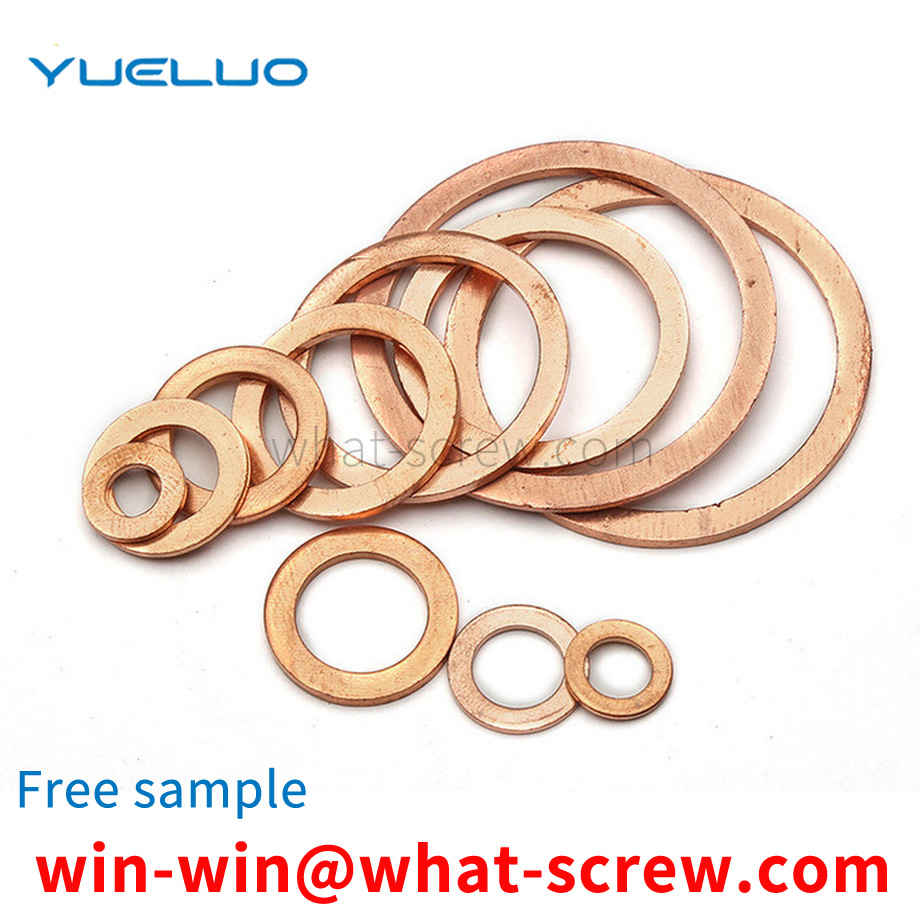
We have more than ten years of experience in the production ...

We have more than ten years of production experience in the ...

We have more than ten years of experience in screw industry ...

We have more than ten years of experience in screw industry ...